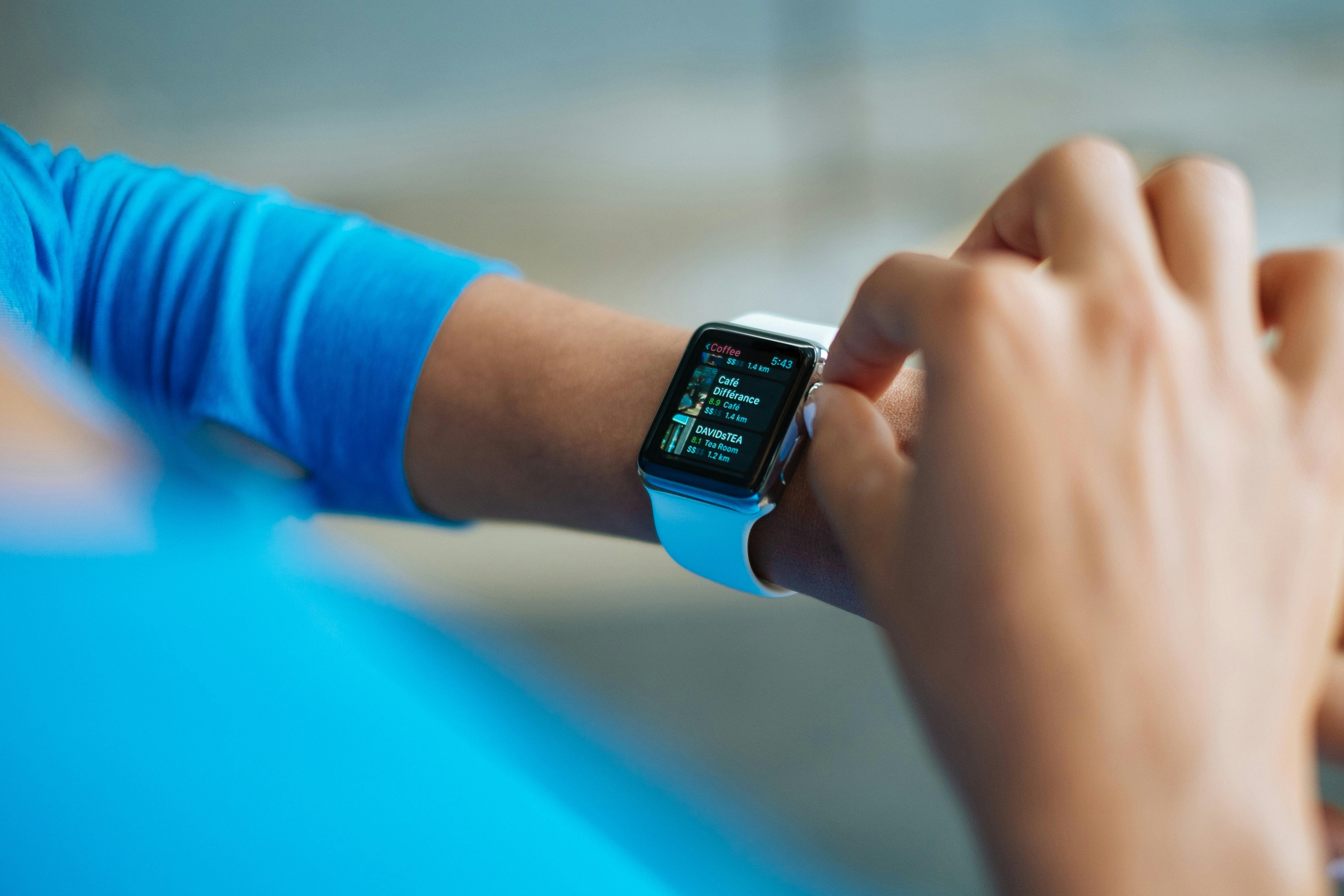
Tue, Jun 3, 2025 1:31 PM
The rise of remote healthcare has forever changed how we manage our health. With digital devices now tracking everything from heart rate to blood glucose, a reliable internet connection isn’t just convenient—it’s essential. But what if you’re on a tight budget?
In this article, we’ll break down how affordable internet plans can fully support remote health monitoring and why choosing the right connection is crucial for your well-being. You’ll also learn how to avoid overspending while still staying connected to your care team.
Why Remote Health Monitoring Needs a Stable Internet Connection
Remote health monitoring (RHM) relies on wearable devices, mobile apps, and smart health gadgets that transmit real-time data to healthcare professionals. This setup allows for:
-
24/7 tracking of vital signs
-
Early detection of health issues
-
Reduced need for in-person visits
-
Improved patient engagement
To function correctly, these tools need consistent, reliable, and fast internet—especially for live video consultations or when syncing data with healthcare providers.
The Role of Connected Devices in Health Monitoring
From smartwatches to medical-grade wearables, connected health devices have revolutionized the way we track our wellness. In fact, how connected health devices support remote patient monitoring shows how these tools are improving chronic disease management, medication adherence, and even mental health treatment from a distance.
But even the smartest devices are useless without a solid internet plan to back them up.
Top Features to Look for in an Internet Plan for Remote Monitoring
Not all internet plans are created equal. Here’s what you should prioritize if your goal is seamless remote healthcare:
1. Speed (At Least 10 Mbps Download)
While health apps aren’t super heavy on bandwidth, live video calls or frequent syncing of medical data can quickly eat up bandwidth.
2. Low Latency
Low latency ensures that data is transmitted in real-time, which is crucial during telehealth consultations.
3. High Reliability
Interruptions can delay vital data transfers. Choose providers with strong uptime records.
4. Affordable Pricing
Look for plans that fit your budget without sacrificing quality—especially if you're managing multiple household expenses.
Affordable Internet Options for Health-Conscious Households
You don’t have to break the bank to get reliable internet. Some options include:
-
Low-income assistance programs: Many ISPs offer subsidized rates under government initiatives.
-
Mobile hotspots: Ideal for seniors or rural residents who don’t need full-home broadband.
-
Basic broadband plans: Some providers offer entry-level packages perfect for light usage like health monitoring.
How to Balance Cost and Connectivity
It’s tempting to go for the cheapest plan, but balance is key. Ask yourself:
-
Do you use your connection for other tasks like streaming or work?
-
Are you managing multiple health devices?
-
Do you share your internet with others?
If yes, you may need more than just a basic package.
The Wellness Connection: More Than Just Tech
Remote monitoring isn’t just about devices and apps—it’s part of a larger wellness ecosystem. As explained in the difference between wellness habits and a true wellness system, health tracking is most effective when combined with nutrition, exercise, mental health, and proper medication.
Reliable internet enables a seamless experience across all these wellness pillars—from online fitness coaching to managing prescriptions through mobile apps.
How Prescription Management Relies on Internet Access
Modern prescription tools allow users to:
-
Set reminders for medication
-
Track dosage history
-
Receive automatic refills
-
Chat with pharmacists online
This integration is detailed in how prescription drugs fit into the US wellness system, showing how digital solutions are bridging gaps in care—assuming your connection can handle it.
Real-Life Scenarios Where Internet Makes the Difference
Let’s look at how affordable internet directly impacts daily health:
-
Elderly individuals receiving live vitals tracking through blood pressure cuffs and glucose monitors
-
Parents managing children’s asthma with synced inhaler data
-
Rural residents attending virtual checkups from miles away
-
Post-surgical patients checking in with video-based wound evaluations
Without internet, none of these are possible.
Choosing the Right Internet Provider for Health Use
When evaluating internet providers, ask:
-
Do they offer flexible data packages?
-
Are installation fees waived?
-
Is customer service available 24/7, in case issues affect your care?
Many providers offer introductory deals that make it easier to start a new plan, especially if you're transitioning to remote healthcare for the first time.
Bonus Tip: Bundle Your Services for Extra Savings
Some companies offer bundled packages with:
-
Internet
-
Mobile data
-
Home security
-
Health monitoring subscriptions
This not only saves money but simplifies billing and customer support.
Conclusion: Connectivity Is a Health Essential—Not a Luxury
As healthcare continues to go digital, internet access is no longer optional. It’s a healthcare tool just like your blood pressure cuff or glucose monitor.
Whether you're managing a chronic illness, keeping tabs on your wellness, or just staying prepared, affordable internet plans can support your remote health journey without stretching your budget.